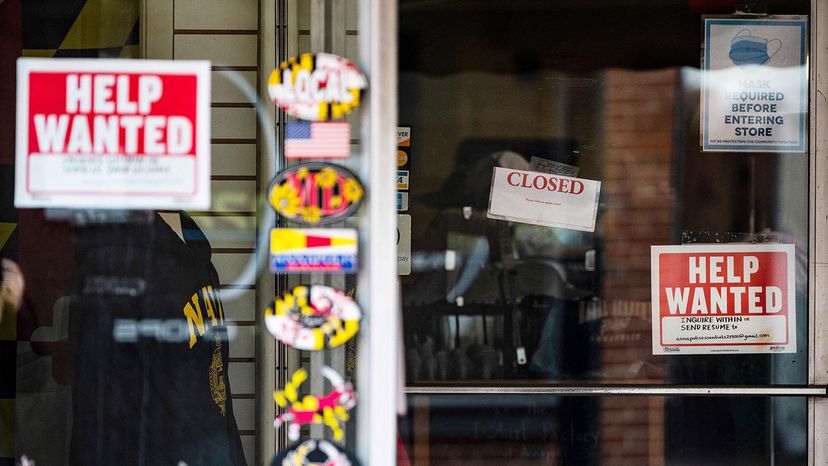
If you got married in America in 1967, you could expect to buy your first home for $22,500, your first new car for around $3,000 and a Friday night date at the movies would run you a dollar for each ticket and an extra nickel for popcorn [sources: DQYDJ, Bruffey, National Association of Theater Owners].
Those were the "good old days," or at least that's what baby boomers try to tell you. What they fail to mention is that the richest guy on the block in 1967 made $19,000 a year, or that 60 percent of American households earned less than $8,300 a year [source: U.S. Census]. Suddenly, a dollar for a movie ticket doesn't sound so cheap.
Advertisement
In 2019, the 60th percentile of U.S. household income was $50,010, more than six times as much as 1967. The average price of a new car in the U.S. in 2019 was more than $36,000, about 12 times as much as 1967. And the average price of a movie ticket in 2019 was $9.16 — a nine-fold increase [source: National Association of Theater Owners]. Why have prices and incomes increased from 1967 to 2019? It's called inflation.
Inflation is the economic term for a persistent rise in prices over time. To get technical, inflation is not so much about an increase in prices, but the decrease in the buying power of the dollar. A dollar in 1967 bought you a movie ticket, while the same dollar in 2019 bought you one-ninth of a movie ticket.
Inflation is measured in percentage change from year to year. Since 1992, the U.S. rate of inflation has fluctuated between -2.1 percent and 5.4 percent [source: US Inflation Calculator]. If inflation rose 3 percent from 1995 to 1996, a stick of gum that cost $1 in 1995 would cost $1.03 in 1996. An extra three pennies won't break the bank, but in the late 1970s and early 1980s, the U.S. experienced inflation as high as 13.5 percent. That was enough to make everyday commodities like food and gasoline nearly unaffordable.
It's one thing to know what inflation is — rising prices, or the lower buying power of the dollar — but another thing entirely to understand what causes it. Complicated economic theories abound, but we'll simplify the leading contenders on the next page.
Advertisement
